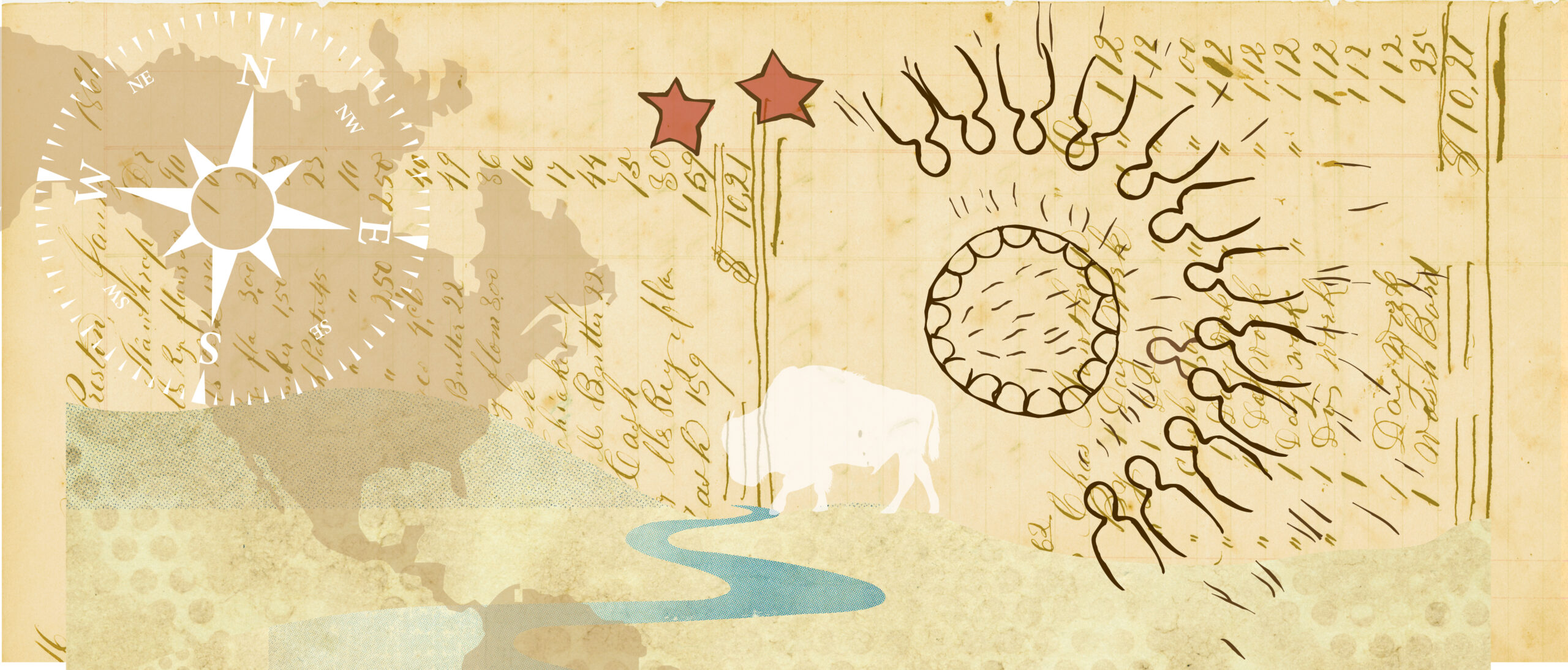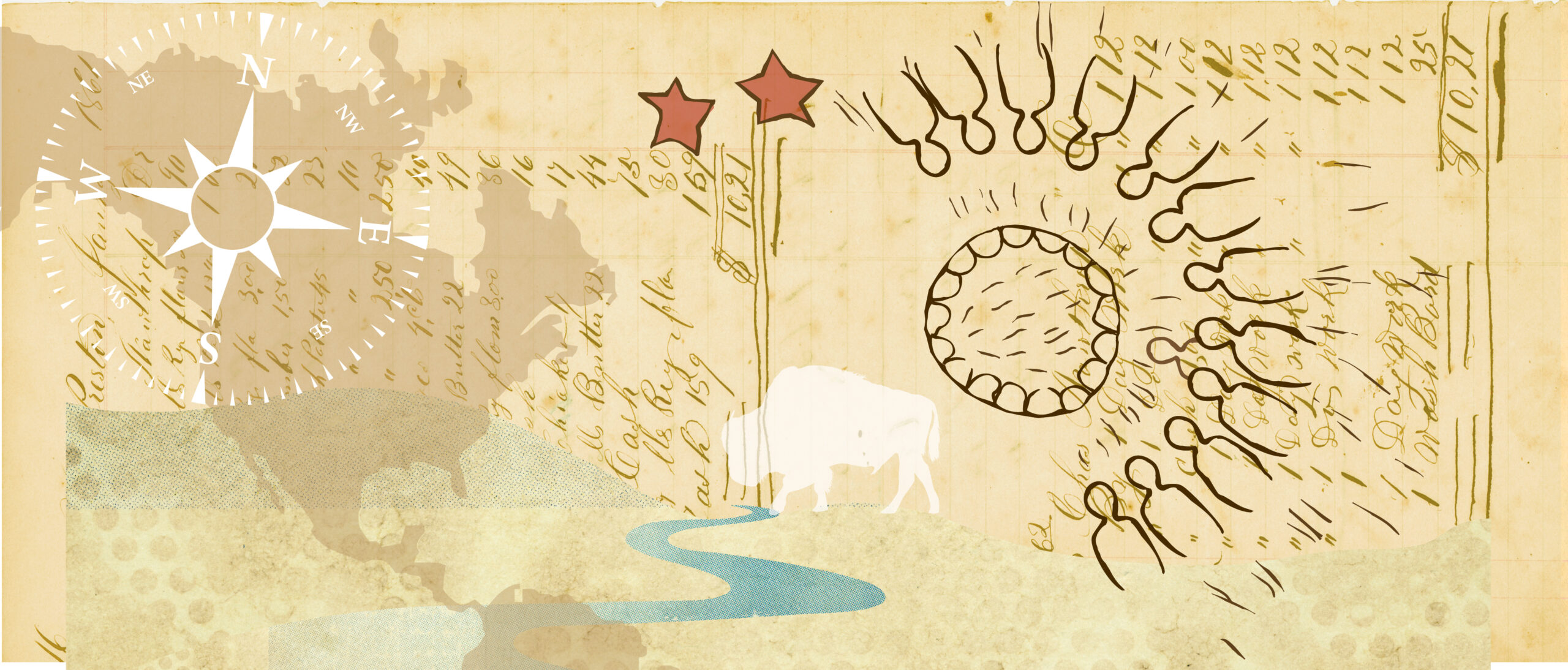
Between then and now, however, that sense of pride has often disappeared. I recall vividly when a young Indian taking my introductory economics class walked into my office. He could barely look me in the eye as he asked for help understanding the material. Of course, many young college students are shy when walking into their professor’s office, but this student was not just shy. He lacked a sense of pride that I hope I played a small role in restoring when he passed Econ 101.
Reading most accounts of the effect of the recent federal government shutdown on reservations, one gets a sense of why dignity may be lacking among people who have every reason to hold their heads high. A New York Times headline captures the theme: “Pulling Aid Away, Shutdown Deepens Indians’ Distress.” The story decries the lack of federal police, firefighting, and health care services, all of which Indians have come to depend on.
The federal government has a responsibility to live up to its commitments to Indians, but treating Indians as “wards” of the state, to use Justice John Marshall’s word (Cherokee v. Georgia, 1831), is what undermines the dignity of the continent’s first inhabitants.
The same New York Times article begins with a story of a Crow mother of three who did not receive the lease payment for grazing on her land because the Bureau of Indian Affairs (BIA), acting as the trustee-middleman between the lessee and the Indian lessor, did not transfer the payment to the mother.
In the summer 2006 issue of PERC Reports, Crow tribal member Bill Yellowtail quoted his neighbor, Michael Running Wolf of the Northern Cheyenne, who cautioned Indians to beware of the victimhood myth: “[W]e walk the border between protecting our values, and acting the part of victim…. It’s a belief that bases our identity upon the wrongs we have endured, rather than our accomplishments and integrity.”
Sherman Alexie, an award-winning author and member of the Spokane-Coeur d’Alene Tribe, interviewed recently for The Atlantic, says his success as a writer began when he escaped “the reservation of his mind.” He goes beyond the reservation metaphor to encourage Indians to literally escape the reservation. He notes that “the reservation system was created by the U.S. Military. It was an act of war. Why do we make them sacred now, even though most reservations are really third-world, horrible banana republics?” To Alexie, being trapped in “the reservation of his mind” is analogous to being trapped on the reservation as a ward of the federal government.
It’s apocalyptic, when I think about it. The human journey has always been about movement. And a century ago, when we moved onto the reservation, my tribe stopped moving. . . . So, “I’m in the reservation of my mind” addresses this lack of innovation, the Native imagination being shackled and curtailed, as well as the failure to celebrate the innovations that have happened.
Prior to the reservation era, innovation was an integral part of Indian life. Trade among tribes allowed Indians in the upper Missouri to have sea shells in exchange for pipestone and coastal tribes to have buffalo horns in exchange for whale bone. With European contact, trade beads quickly replaced more fragile porcupine quills for decorating clothing, and pedestrian Indians quickly innovated as they became equestrian Indians. These were the dignified people depicted by Bodmer and Huffman.
Fast forward to the present. How can people treated as “wards” reclaim their dignity?
Ultimately, this path requires sovereignty for individual Indians and for tribes. Of course, nearly all Indians say they want sovereignty, and every politician and bureaucrat in Washington pays lip service to giving it to them.
Achieving sovereignty, however, means becoming self-sufficient. Darrin Old Coyote, chairman of the Crow Tribal Council, recently said in a radio interview that he saw the government shutdown as a “wake up call” from which “the goal is to become self-sufficient.”
Some tribes such as the Crow would have no trouble doing that if they were not under the thumb of the BIA’s trusteeship. PERC research fellow Shawn Regan and I pointed out in the Wall Street Journal in October that tribal energy resources nationwide are potentially worth $1.5 trillion. The Crow Reservation alone sits atop nine billion tons of coal, and the tribe receives half of its annual budget from coal leases. Old Coyote sees this as an opportunity to gain “more sovereignty by the ton.” Yet, like the Crow mother of three, the tribe could not get its coal-lease revenues because the middleman-trustee—the BIA—was shutdown.
Ron Crossguns of the Blackfeet tribe’s oil and gas department recently told a documentary filmmaker that deciding if, when, and how to develop energy resources is “our right. We say yes or no. I don’t think the outside world should come out here and dictate to us what we should
do with our properties.”
That is the path to restoring Indian dignity.




